This week has been an in-between week for us: my son had finished his school term, but hadn’t yet started his activities programme. So we’ve been swinging between these scenarios: him, TV (Clan), me, computer (work); him, learning how to use a computer by doing Thomas games (a blue train, for those who don’t know), me, leaving him to teach himself; him&me in various offices sorting out documents for tax returns (finally submitted yesterday, the final date – phew!); and him&me having fun outings in Seville. So between the tax and the kid, I haven’t got much work done, he hasn’t much fun, and I think we’re both looking forward to next week rather more than we should be.
However the one outing I had promised him, and wasn’t going renege on, partly because of a long-overdue work assignment, was the Casa de la Ciencia (House of the Science). This is housed in the Pabellon de Peru, built for the Expo 29, which is also one of the offices of CSIC, the Spanish National Research Council. I’ve been wanting to go for a while, partly because it’s new, so I have to see it; partly because it’s a Peruvian building, and I’ve been there; and partly because I wanted to take my son on an educational excursion, like all mummies who let their kids watch too much TV while they’re working and feel guilty as hell about it.
So, equipped with hats, sunblock, water and a camera, we headed into town on the Metro, riding in the snazzy glass lifts a few times to kill the few minutes before our train arrived. Children aren’t great on self-awareness, and he repeated the name of each station after it was announced (BLAS INFANTE!! PLAZA DE CUBA!!) at the top of his voice, attracting amused glances and disapproving looks in equal measure. I guess it’s just too exciting not to echo. Boy, do kids love trains (did I already mention that?)
After a strop when I refused to buy him an overpriced toy in the overpriced convenience store, where I bought overpriced water, he sulked for a while on a bench in the newly-refurbished Jardines del Cristina. This gave me a chance to have a quick snoop around, taking in the new statue of the Duquesa de Alba, with corrected plaque (they got her name wrong, in the great Spanish tradition of mis-spelling words in other languages); the elegant curved metal benches; and the pretty glorietas (colonnaded mini-plazas). I liked the poetry snippets on stone tablets, including Lorca. It’s a calm and peaceful place, as yet untouched by graffiti spray cans, though not sure how long that will last.
I had mapped out as shady a route as possible from Metro station to destination (yes, I really am that neurotic about the sun), and we walked through the rest of the gardens and then around the side of the Palacio San Telmo, an extraordinary building, vast, ornate and recently opened to the public.
It is famous for the ten statues of famous Sevillanos, native and adopted, atop its wall, which include the painter Zurbaran, the writer Lope de Vega (his eponymous theatre is a park away), and the least-known – a highly admirable Dominican friar called Fray Bartolome de las Casas, who fought against slavery back in the 16th century, surely as unfashionable a cause as existed back in those send-’em-down-the-mines-with-nothing-to-eat-but-coca-leaves times, when natives were treated worse than animals by the Spanish conquistadores.
He has been called the first human rights campaigner, and he dedicated his whole life to his cause. It astonishes me that noone’s ever made a film about the man’s life – surely it’s begging for sweeping jungle shots, painted natives, cruel tyrants and heroic men of the cloth? Not to mention the fact that the Catholic church could do with a bit of good PR, even if it’s historical. Fray Bartolome was from Seville, yet this is the only monument I’ve ever seen to him in the city. Maybe people here are still a bit embarrassed about the unimaginable human cost (millions of Indians’ lives) which came with the arrival of such obscene wealth from the New World.
But I digress – we ambled on, remarking at the size of a tree at the back of Carmen’s tobacco factory, now a university building, the depth of its moat and the bodily damage that could be caused by falling in there. Finally, having taken an ill-advised short-cut through a tree-lined car park which ended by the stinky bins, we reached our destination: the Casa de la Ciencia, about which I had heard great things.
Either I had expected a Spanish version of the Science Museum in London, idiot that I am, or we missed the best temporary exhibitions that friends had raved about, as I was underwhelmed. The highlight for my son was a Peruvian skull, which is a sticky topic – it was brought over for the 1929 Expo, then was lost for 80 years, has been found again, and now the Peruvians are asking that it be returned.
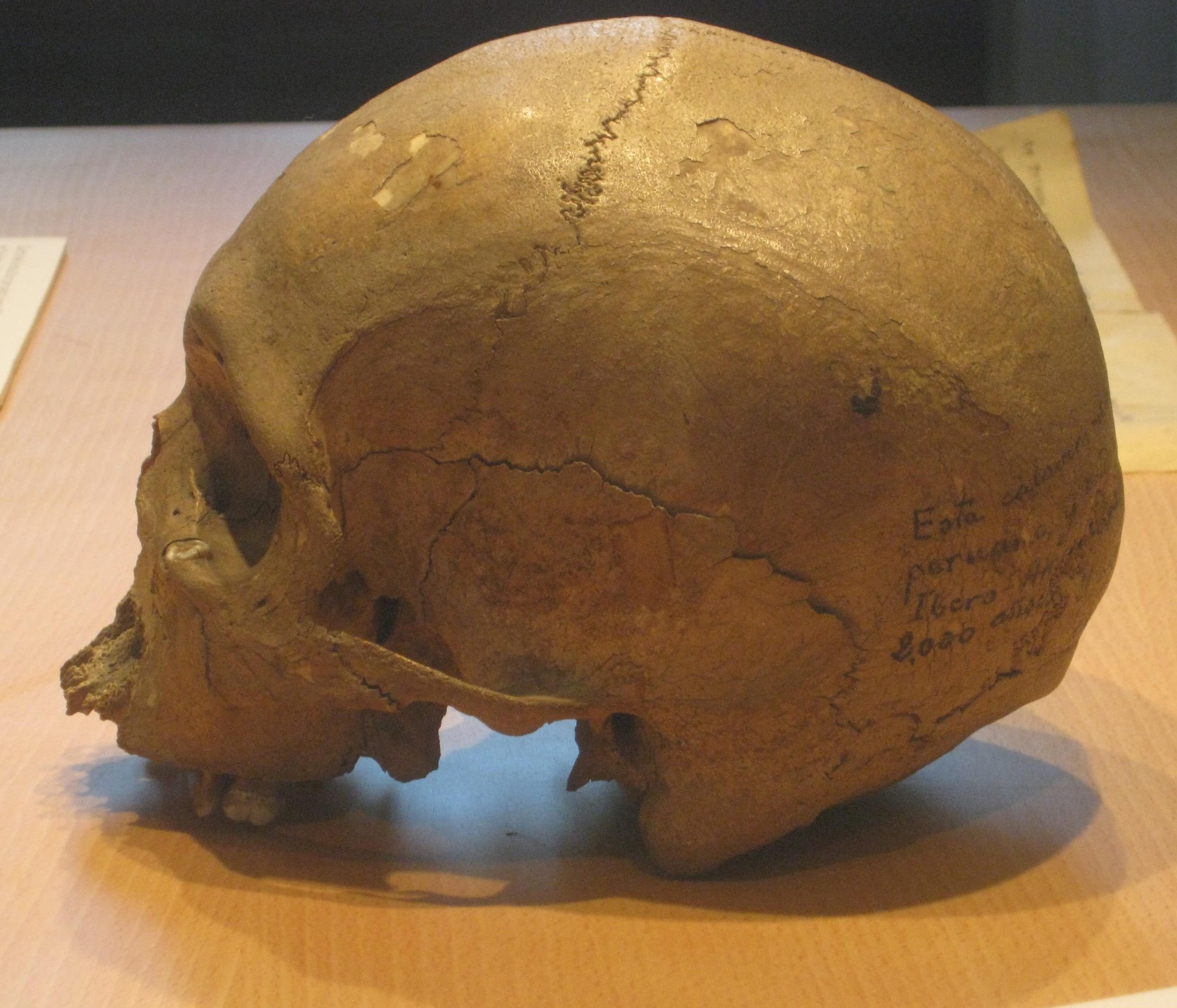
Skull brought over from Peru for the 1929 Expo - it was given to a Spaniard by Peruvian Ismael Pozo. The writing on the skull says it was found in Cuzco and is more than 2,000 years old.
The other display cabinets held pieces of broken pre-Colombian pottery (Incan, Nazcan), guaranteed not to get a five-year-old’s interest aroused, or mine, for that matter. What we did both did enjoy, however, was a wobbly, flickery, silent sepia film about the 1929 Expo, showing the King and Queen, and all the original pavilions – we tried to spot buildings that are still here, and I marvelled at how different the city looked back then. On seeing the miniature train, my son remarked: “That’s the Metro train when it was born.” See what I mean about little boys and railways?
These pavilions are a favourite topic of mine, criminally under-promoted – any other city would have guides and tours and plaques galore explaining their symbols, for each is a microcosm of its country’s culture and architecture. They are almost all beautiful and fascinating. And yet any visiting tourist would have no clue as to what they are, why they’re there, and what they mean. I feel a photo blog post coming on.
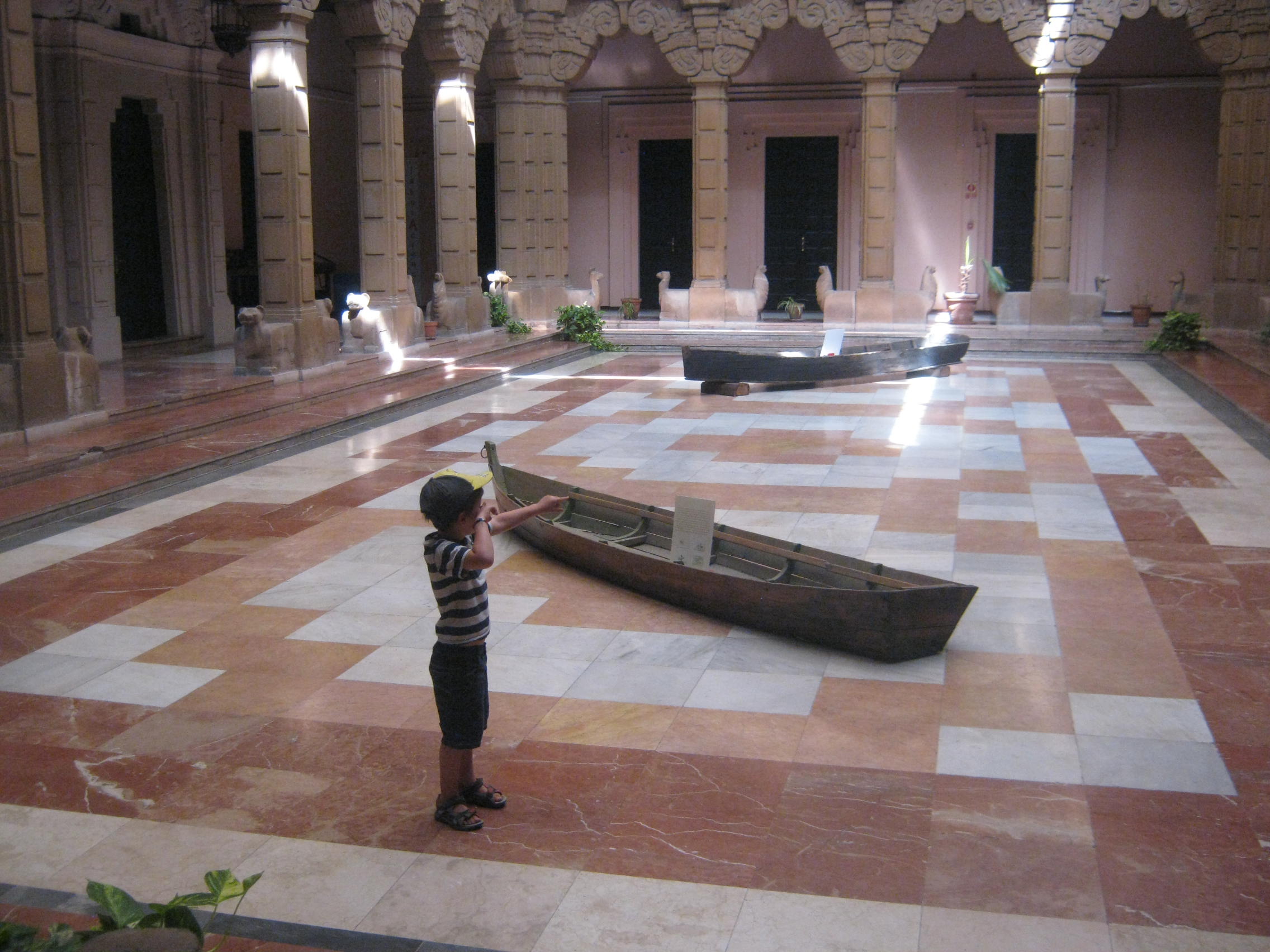
Pabellon's patio, whose wonderful arches have distinctive carved designs. Boats are as used in marismas (wetlands) of Doñana park, one of CSIC's key sites. Small boy, writer's own.
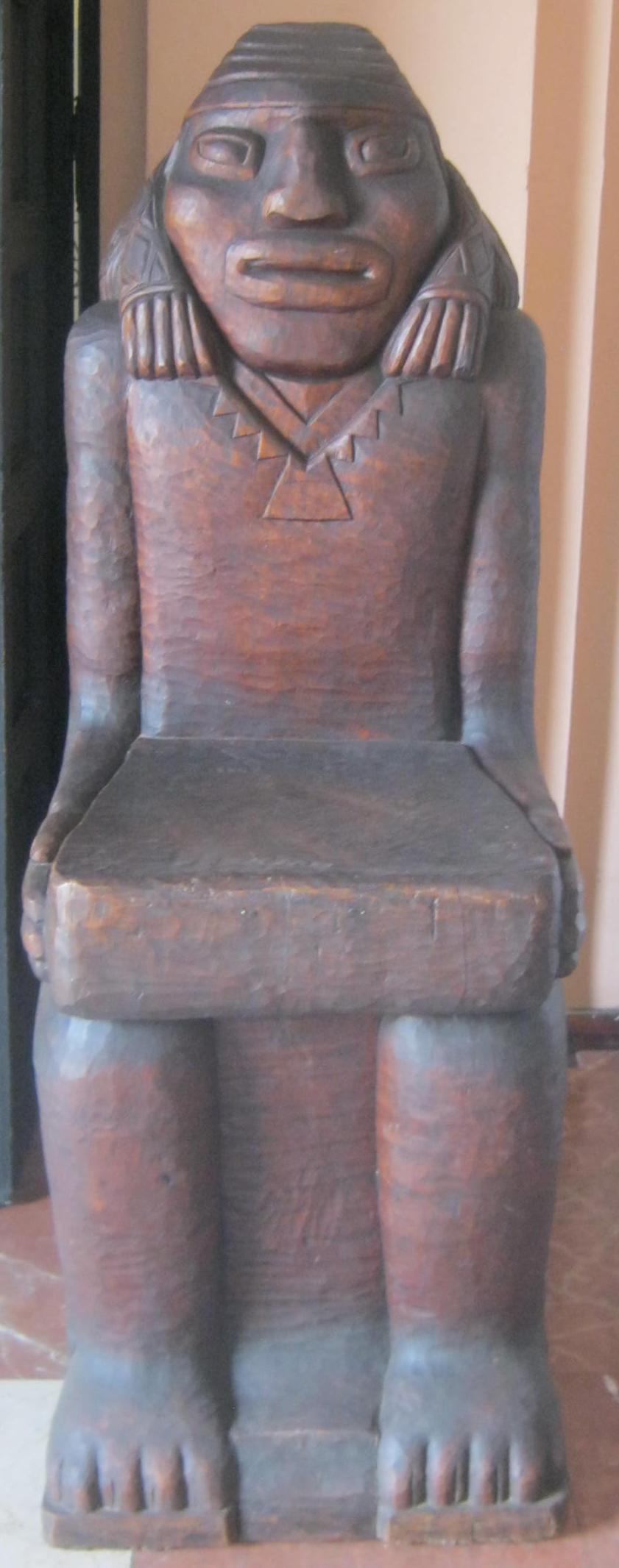
Wooden seat by Peruvian sculptor Ismael Pozo - he was the one who gave the skull to his friend, Spanish artist Antonio Plata.
In the opposite room were blown-up photos of a preservation project of a local river, the Guadaira. Again, seven or eight-year-olds, who learn about the environment, weather factors etc, might have got a kick out of all this nature stuff, but my young guinea pig wasn’t impressed. I loved the massive rectangular patio, with stone seats of carved animals – llamas, jaguars, monkeys – as well as symbolic paintings around the side walls and on the ceiling beams, and carved wooden seats.
So it wasn’t a total disappointment, but I wish I’d got my act together to come here when the shark exhibition was on, a few months back. At least it was free; what was most interesting was Pabellon itself, with all its Peruvian elements – the angular designs everywhere, with all their animals and religious symbolism. And we the the condor statues grandly guarding the entrance, reminding me of when I saw these majestic birds flying below me in Colca Canyon in Peru nearly 10 years ago, while on a trip around South America, before I came to Spain.
Coming out of this wonderful pabellon, one of the many Latin American architectural microcosms in and around Parque Maria Luisa, to the south of Seville’s centre, we noticed a library right opposite, a modern brick building, and whiled away another hour in there looking at history books and marvelling at the spotless kids’ loos (noone under 14 years old allowed in, said the sign. I hovered in the doorway to monitor hand-washing in the dinky low, small, child-perfect handbasins). It’s only open in the morning. Seville shuts down in the afternoons during the summer anyway – the heat is so unbearable that noone goes out and the streets are deserted till about 10pm. So better just to find an air-conditioned place to sit, or collapse in the paddling pool in the garden, like I do.
All in all, it was a good outing – a few outbursts of toy demand and boredom and “Let’s go now, Mum” are inevitable, and best ignored, in my experience. But I think he learned a little – what animals they have in Peru; that you can’t always get what you want, however much you beg and plead, especially if it’s an expensive piece of Disney nonsense; that Mum will make you wear your hat when it’s sunny, if it’s the last thing she ever does; and that you will learn Interesting Things about History, especially Spain’s colonial past and Seville’s glories, and YOU WILL LIKE IT. Or else.

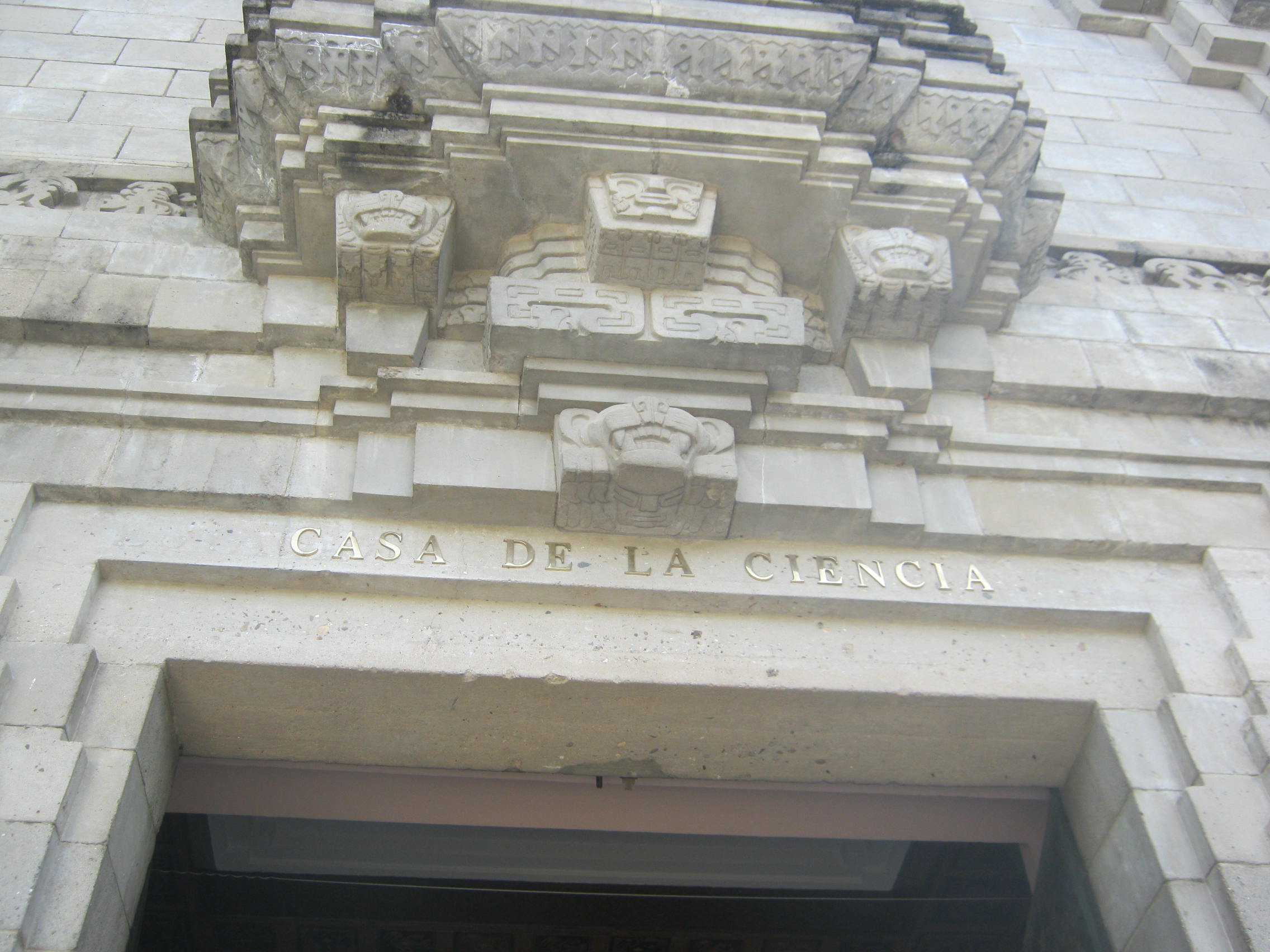
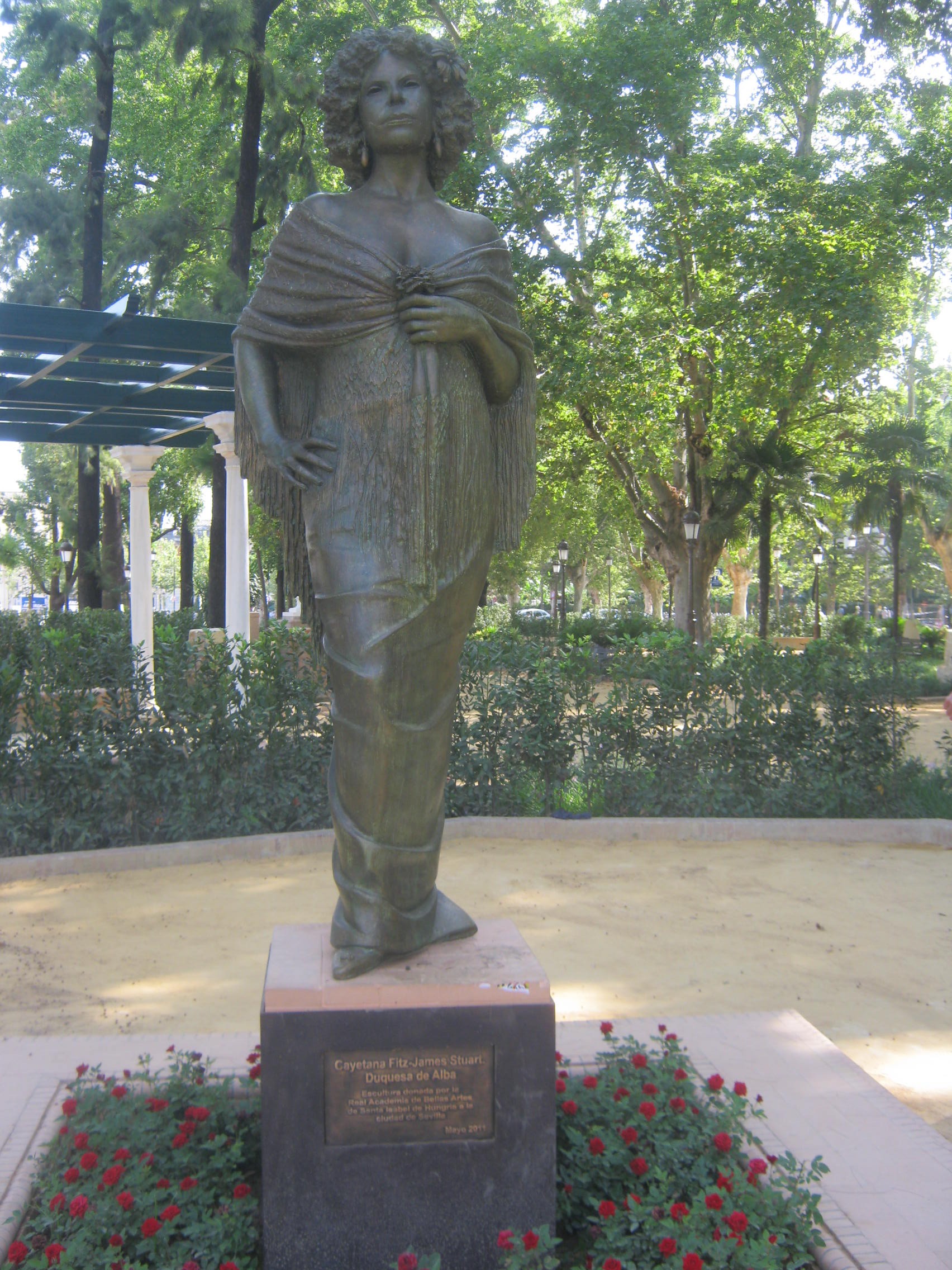

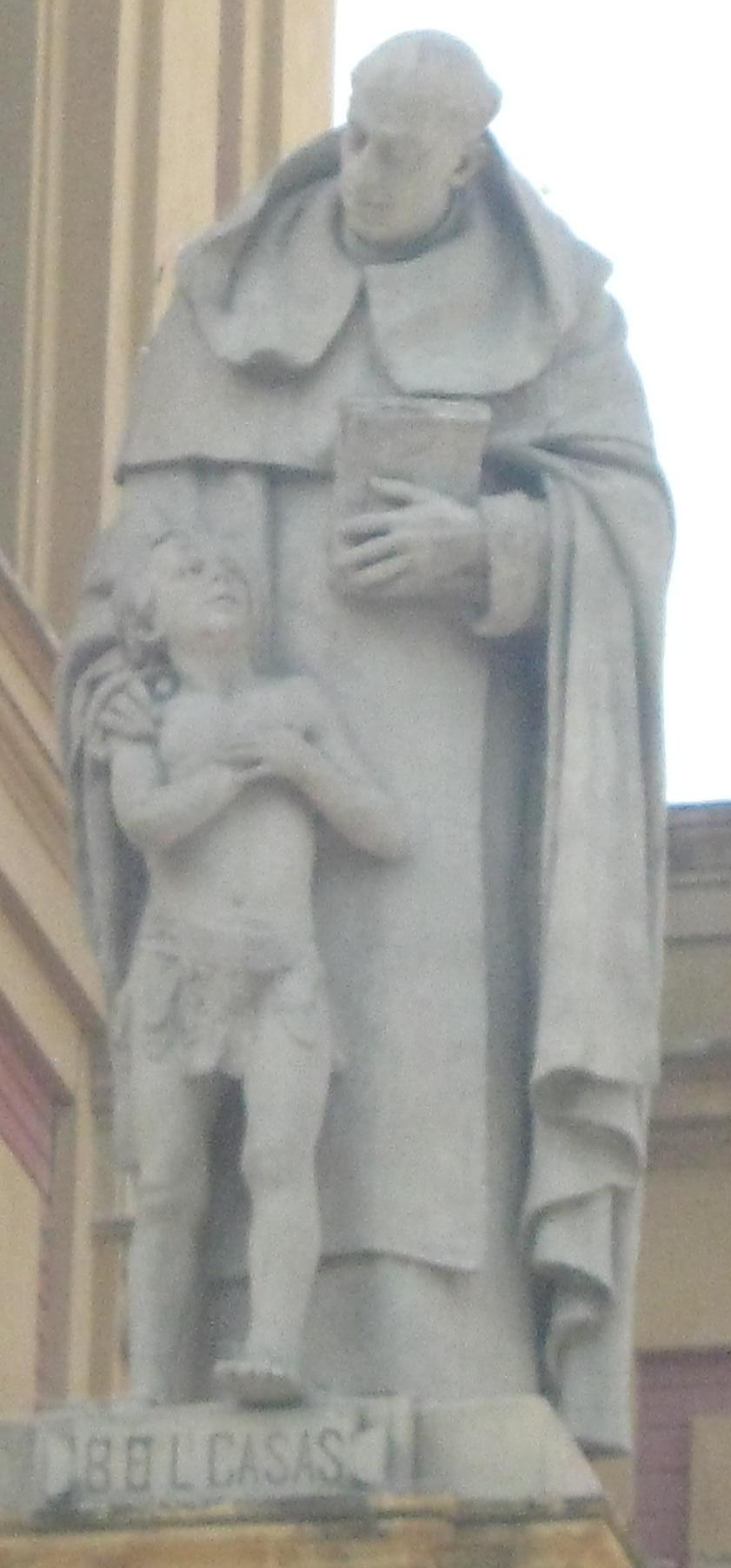
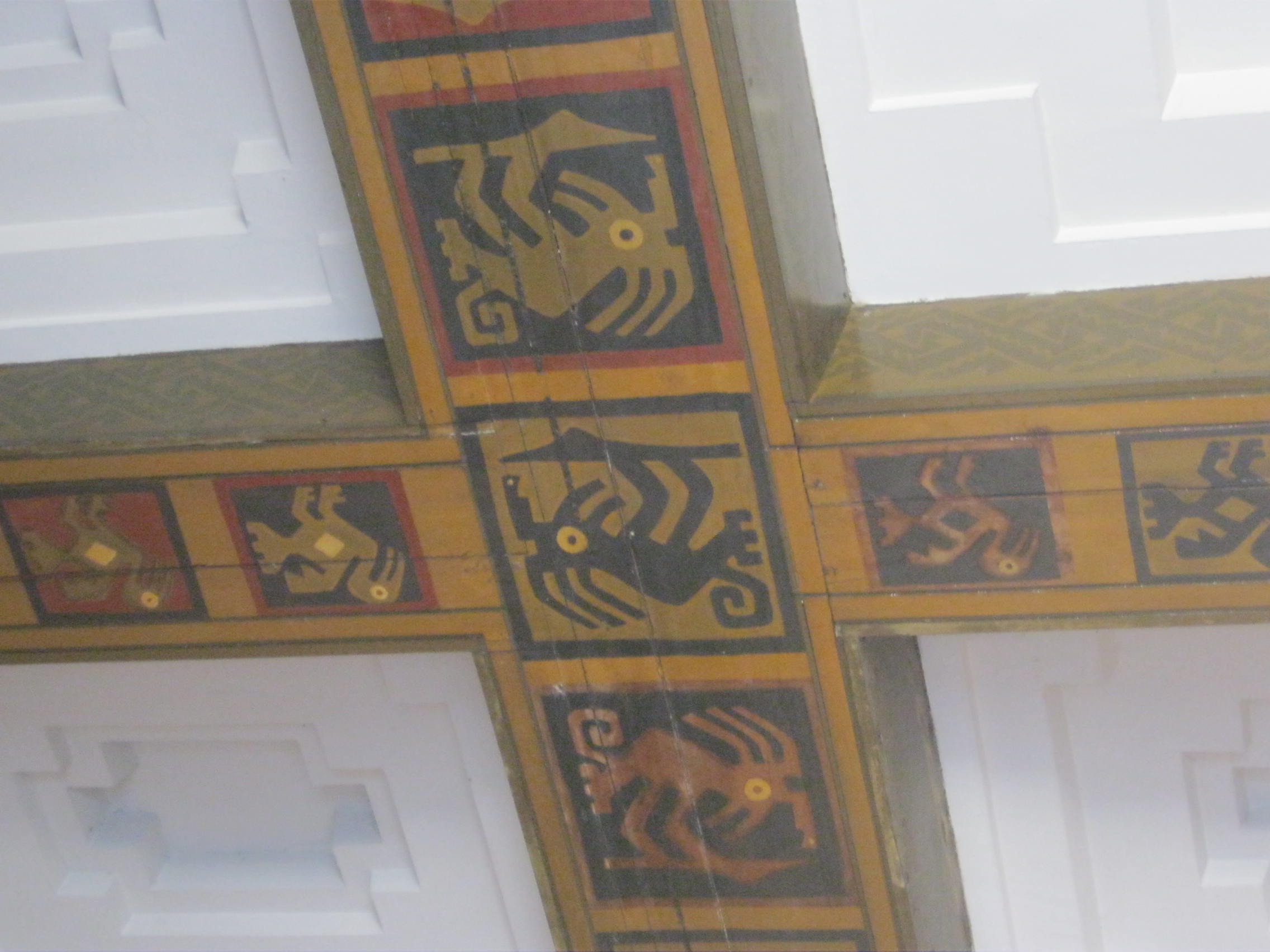
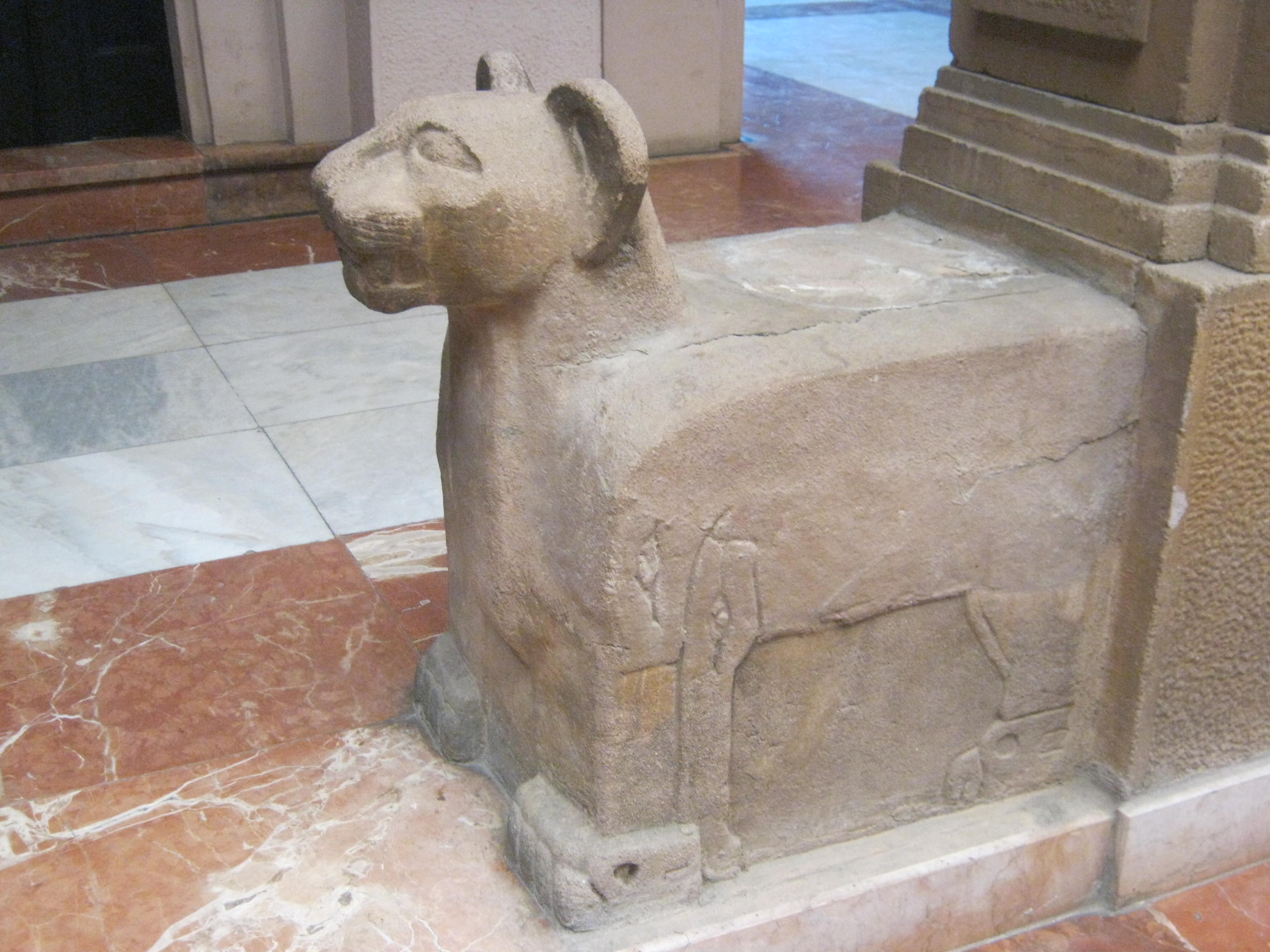
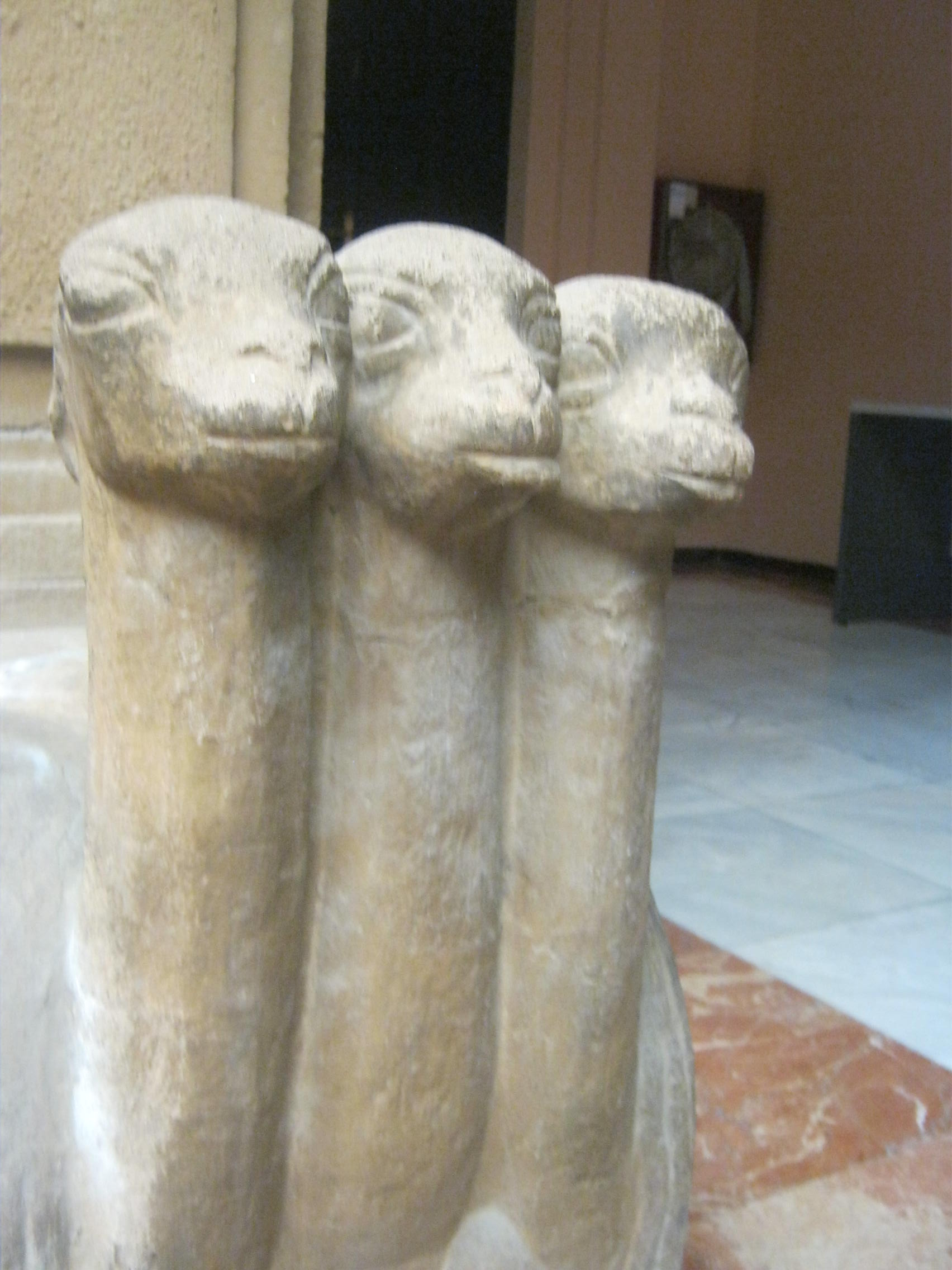
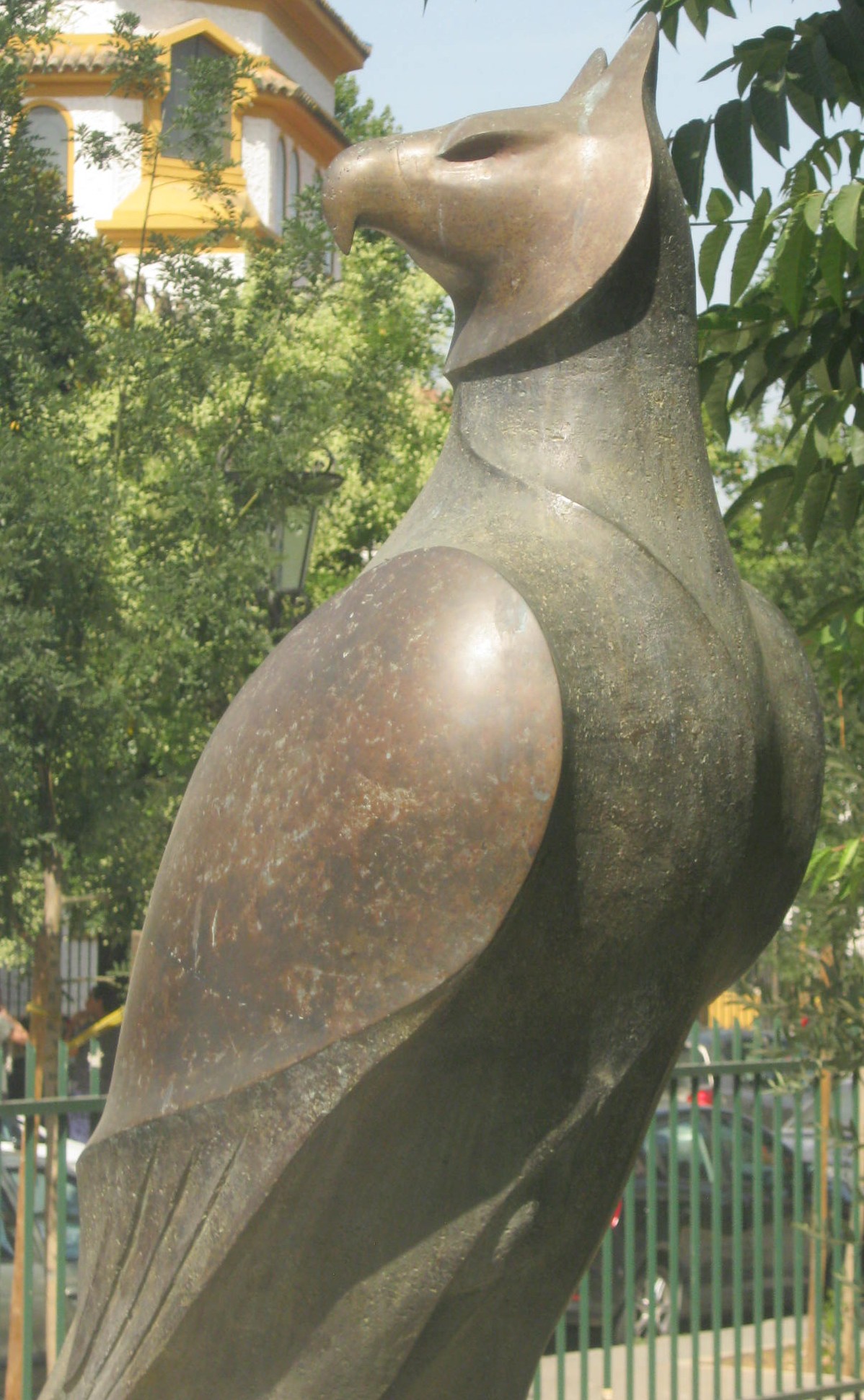
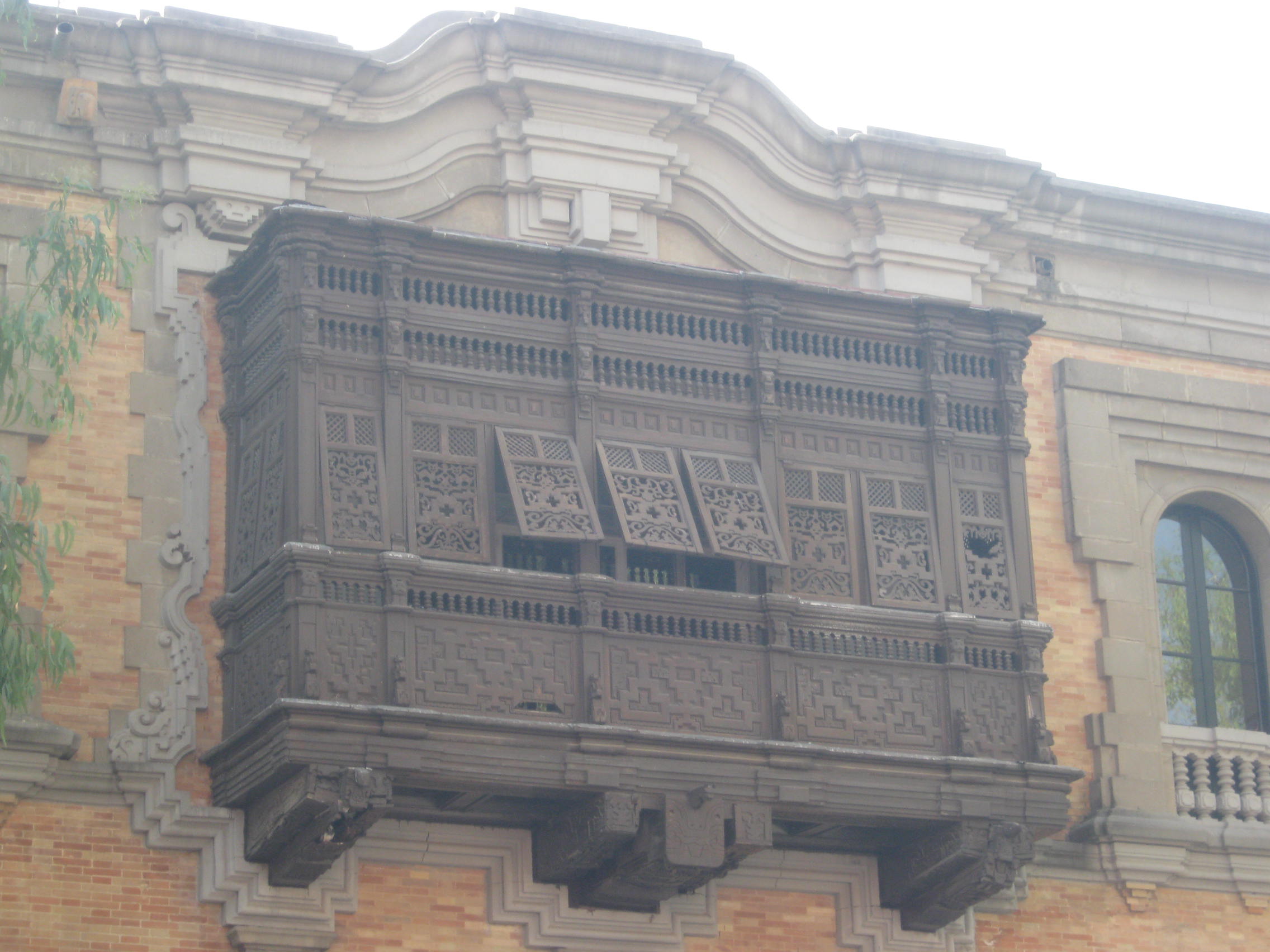
This is a really nice read, I enjoyed it.
Pingback: A to Z of Sevilla: Part One, A-F « Scribbler in Seville
Pingback: Making the festive fun of the fair last – Scribbler in Seville
Pingback: Here comes the science… – Scribbler in Seville
no es condor es un BUHO